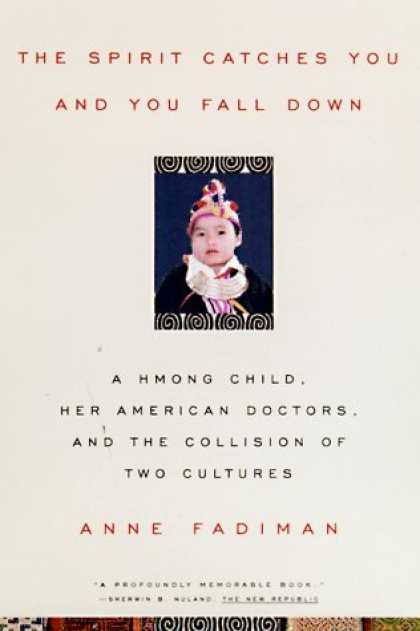This book is just remarkable. Its title and subtitle didn’t really grab me, I’ll admit, but I was hooked almost from the beginning, almost as if I were reading a suspenseful novel instead of a work of journalistic nonfiction.
“I have always felt that the action most worth watching is not at the center of things but where edges meet,” writes Anne Fadiman in the opening. What follows is a very specific story that somehow speaks expansively of big, important truths:
Lia’s parents–Hmong refugees from Laos living in Merced, California, in the 1980s, explained Lia’s condition as qaug dab peg—the spirit catches you and you fall down. Her doctors–easily the best pediatricians in the country–said she had severe idiopathic epilepsy. They were never able to understand each other.
The philosopher Tzvetan Tdorov wrote that
“The first, spontaneous reaction with regard to the stranger is to imagine him as inferior, since he is different from us.”
And that’s what happened all around. Lia’s parents imagined the doctors as cold and uncaring, and believed that their medicine was making Lia sicker. The doctors imagined Lia’s parents as noncompliant and possibly neglectful.
It’s still not entirely clear who was right and who was wrong. Maybe both. Maybe neither.
If you have any interest in what happens when cultures clash–or, for that matter, any interest in medical ethics or in the tragic misunderstandings that sometimes happen between people–you must read it. If you are the kind of person who tends to be suspicious of totalizing ideologies, read it. If you just enjoy good writing, read it.












